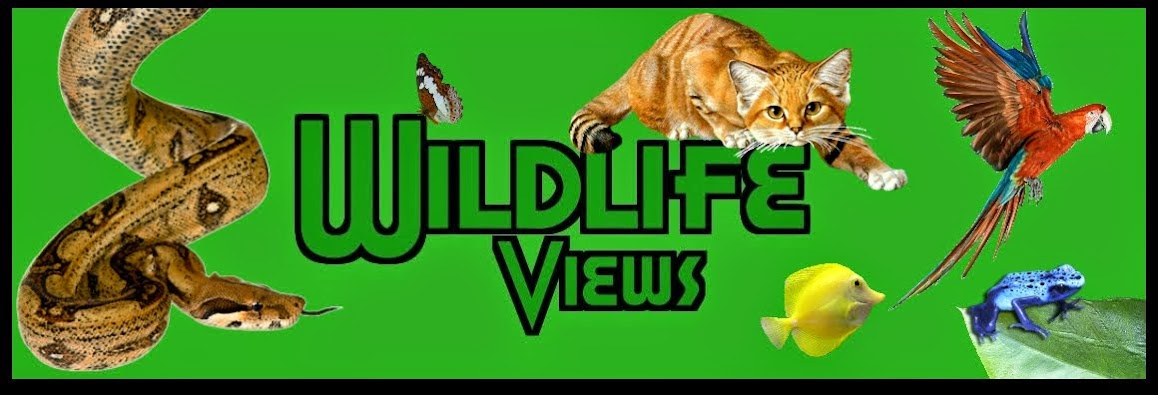About falcons
They are approximately 37 species of falcon within the genus Falco and are found all across the globe apart from Antarctica.
They can be split into four groups, the first is the kestrels, they are generally small and stocky in build and may show sexual dimorphism (difference between male/female i.e. color, size or behavior), they feed on invertebrates (insects) and small vertebrates such as voles, mice and frogs. The second group are the hobbies, these are slightly larger with large amounts of slate grey coloration and feed mainly on small birds. Next are the falcons these are variably sized feeding on mid sized birds and vertebrates. Lastly are the hierofalcons (hawk-falcon) and is classed as a monophyletic group (has ancestors and all descendants) and are a more recent group to evolve.
Adult falcons have thin tapering wings, allowing them to reach high speeds and change direction rapidly. The peregrine falcon has been clocked diving at speeds of approximately 200mph (320km/h) making them the fastest moving species on earth. They also have excellent eyesight, with visual accuracy measured at 2.6 times that of a human.
 | ||||
| Eleonora's falcon (Falco eleonorae) |
What they discovered
During a census undertaken by Abdeljebbar Qninba from Mohammed V University of falcons on the Isle of Mogador in 2014, a species known as Eleonora's falcon was seen capturing birds and imprisoning them in rock crevices.
Normally this species feeds on insects but during the breeding season this switches to migratory birds such as tree pipits and therefore synchronize their breeding with the height of the migration period. The switch often begins before the first eggs are laid in preparation for the extra mouths to feed, unfortunately this often causes the food to dry out/rot before the chicks can eat it making it of little nutritional value to the chicks.
As a means of avoiding this the parents capture small birds and store them alive by wedging them into rock crevices to aid in preserving freshness; small birds were also found in holes with flight and tail feathers removed, this prevents the birds from flying and without tail feathers they have no rudder and are unable to navigate, preventing them from escaping if they manage to wiggle out.
 |
| A Common whitethroat (Sylvia communis) stored in a rock crevice |
My Views
This solution to a problem shows a ability for this species of falcon to learn, this arose as a result of needing to provide a fresh food source to aid with the growth of healthy chicks; by feeding chicks dried out/rotten meat it would of slowed the rate of development and lead to young leaving the nest at a decreased level of fitness and less likely to survive. This is costly for the parents as the offspring ensure that their genes are passed on and therefore would lead to them finding a way of making the food source more sufficient. How this occurred is not explained or currently known, but it may have arisen from building upon an already existing food storing system, simply by one individual choosing to place a live bird in a crevice and for this technique to pay off can lead to it being learned by it's partner, those around it who may witness it and to it's offspring via observation and genetic influence. Another great example of the ability for all creatures to adapt to environmental pressures, enabling them to survive.
As always thanks for taking the time to visit and read my blog and if your have any thoughts, comments leave them in the box below and I will get back to you as soon as possible. A link to the original article can be found here and until next time Keep It Wild!!!

